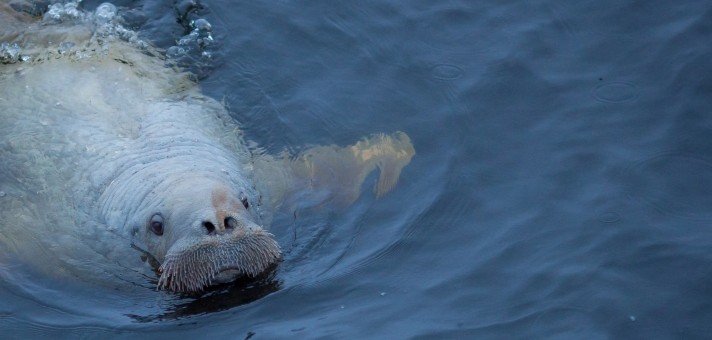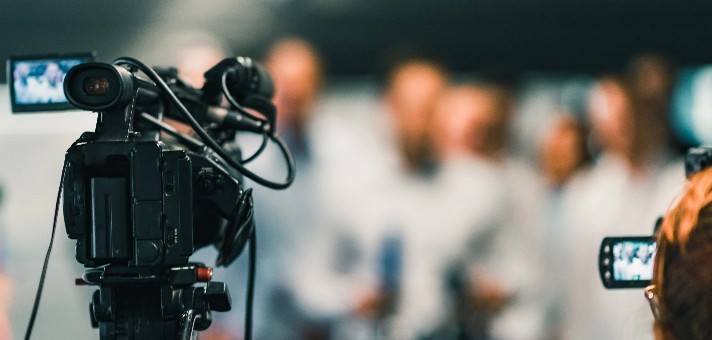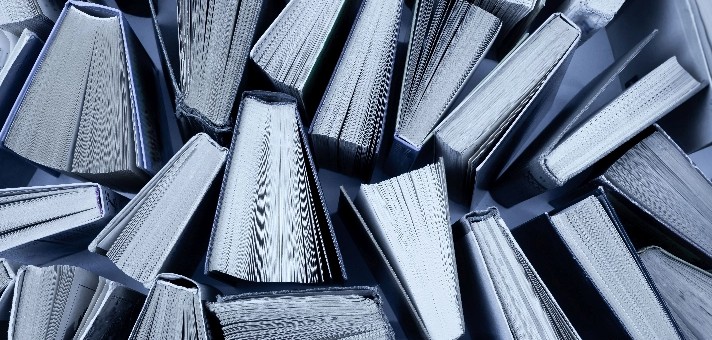Head of the Laboratory Doctor of biological sciences Grigory M. Voskoboynikov
BRIEF HISTORY
The research on algae-macrophytes growing in northern seas is traditional for MMBI and it has been carried out during the whole history of the Institute. Such scientists as G.K. Barashkov, V.N. Makarov, V.E. Dzhus, A.R. Grintal, Z.P. Tikhovskaya, E.V. Shoshina were the originators of this scientific field. In 2014, the Laboratory has celebrated its 30th anniversary.



Samples processing by Shoshina E.V., Frolova E.A., Shkuro Yu. and Makarov M.V. (1985)
The research guidelines are:
- macro-algae specific variety in northern seas;
- adaptive and growth patterns of sea macrophytes in ontogenesis and under environmental impacts;
- algae polysaccharide composition;
- processes of mitosis and meiosis;
- reserves and distribution of commercial algae and those perspective for further exploitation;
- major types of macrophytes aquaculture and ways of restoration for degraded areas.
THE BASIC FINDINGS ARE:
-
A data on species composition, a status of coastal biocenoses in remote and poorly explored regions (the Kara Sea, the Pechora Sea, Spitsbergen coasts) was obtained.
-
The research fellows of the Laboratory have created the phenological calendar for the algae inhabiting the Barents Sea along the Murmansk coast. The calendar shows periods of reproduction, active growth and destruction for 88 algae-macrophyte species.
-
The scientists noted the presence of endogenous and exogenous regulation of life processes for the algae under the conditions of northern latitudes; proposed a possible mechanism for the adaptation of algae-macrophytes to the conditions of the polar night in high latitudes; revealed the possibility of fucus algae to transfer to the heterotrophic nutrition type in total darkness; analyzed the ultrastructure and pigment composition of the most dominant macrophyte species.
-
For a large group of macrophytes the laboratory scientists defined a range of tolerance to light, hydrodynamics, salinity, temperature, hydrostatic pressure, oil products.
-
They developed technologies using kelp in therapeutic and preventive practices, were patented for the invention of methods of complex processing of fucus algae and preparation of a polysaccharide-based ointment.
-
A qualitative and quantitative analysis of bacteria and epiphytic algae on the surface of kelp and fucus thalli was performed. A cryobank – a technology for cryoconcervation and liquid nitrogen storage - of vegetative and reproductive macrophyte material was created.
-
The technology of plantation cultivation of kelp in the Barents Sea to produce a seaweed harvest up to 60 tons per hectare was developed and successfully tested.
-
A sanitary algae plantation (SAP) for biological cleanup of seawater of technogenic contaminants was introduced. The technology is based on symbiotic association of brown algae and hydrocarbon-oxidizing bacteria. Three patents were granted for the SAP technology.
At work



An analysis of the algae status from Teriberka plantation Drying of seaweed in Teriberka settlement



Sampling for identification of contamination in Teriberka settlement Sampling at Abram-Mys Underwater forests (photos by M. Fedyuk)
Algae laboratory employees:
Voskoboynikov Grigory M.
Makarov Mikhail V.
Ryzhik Inna V.
Mityaev Maksim V.
Malavenda Svetlana V.
Pugovkin Dmitry V.
Klindukh Maria P.





